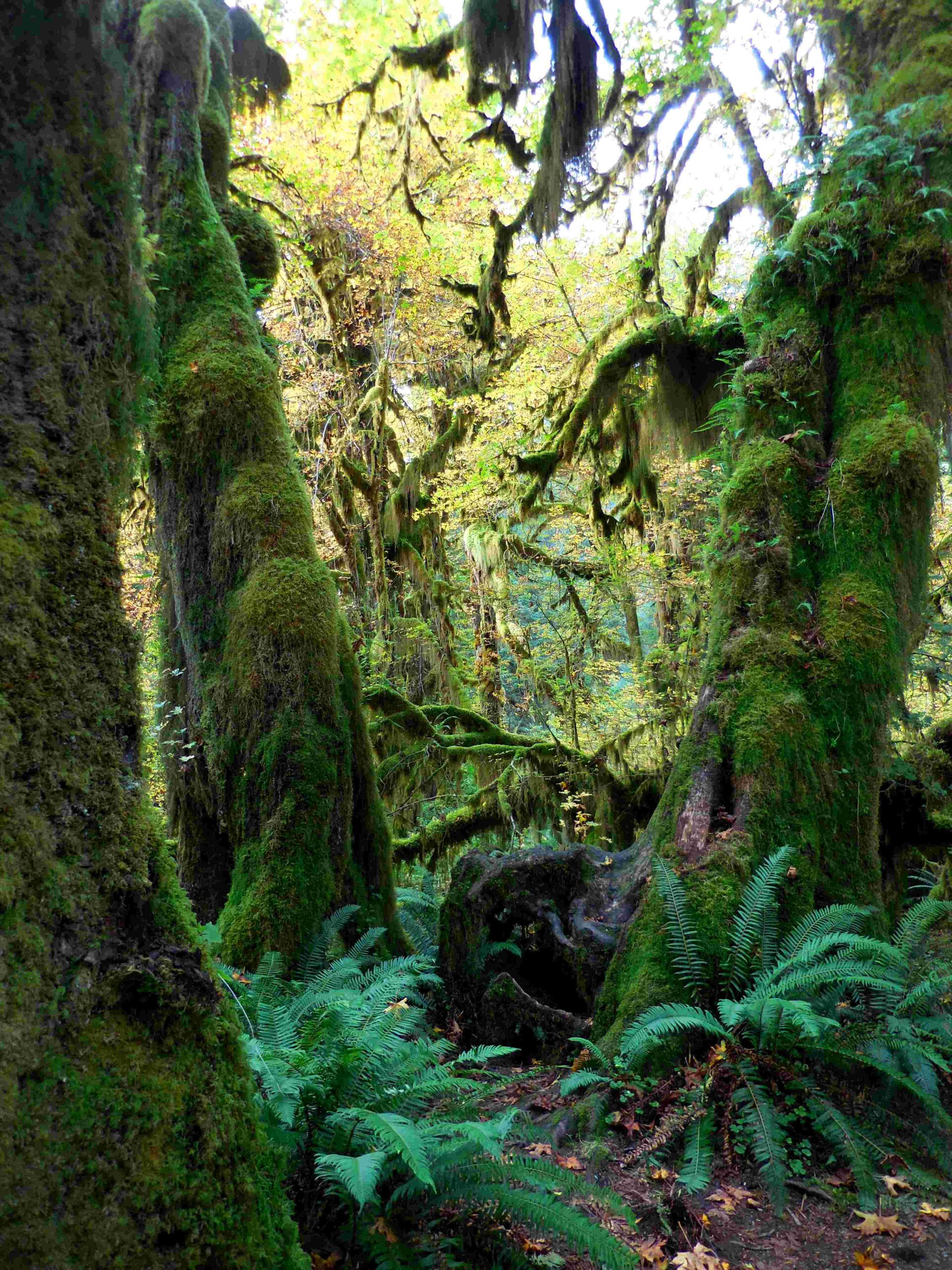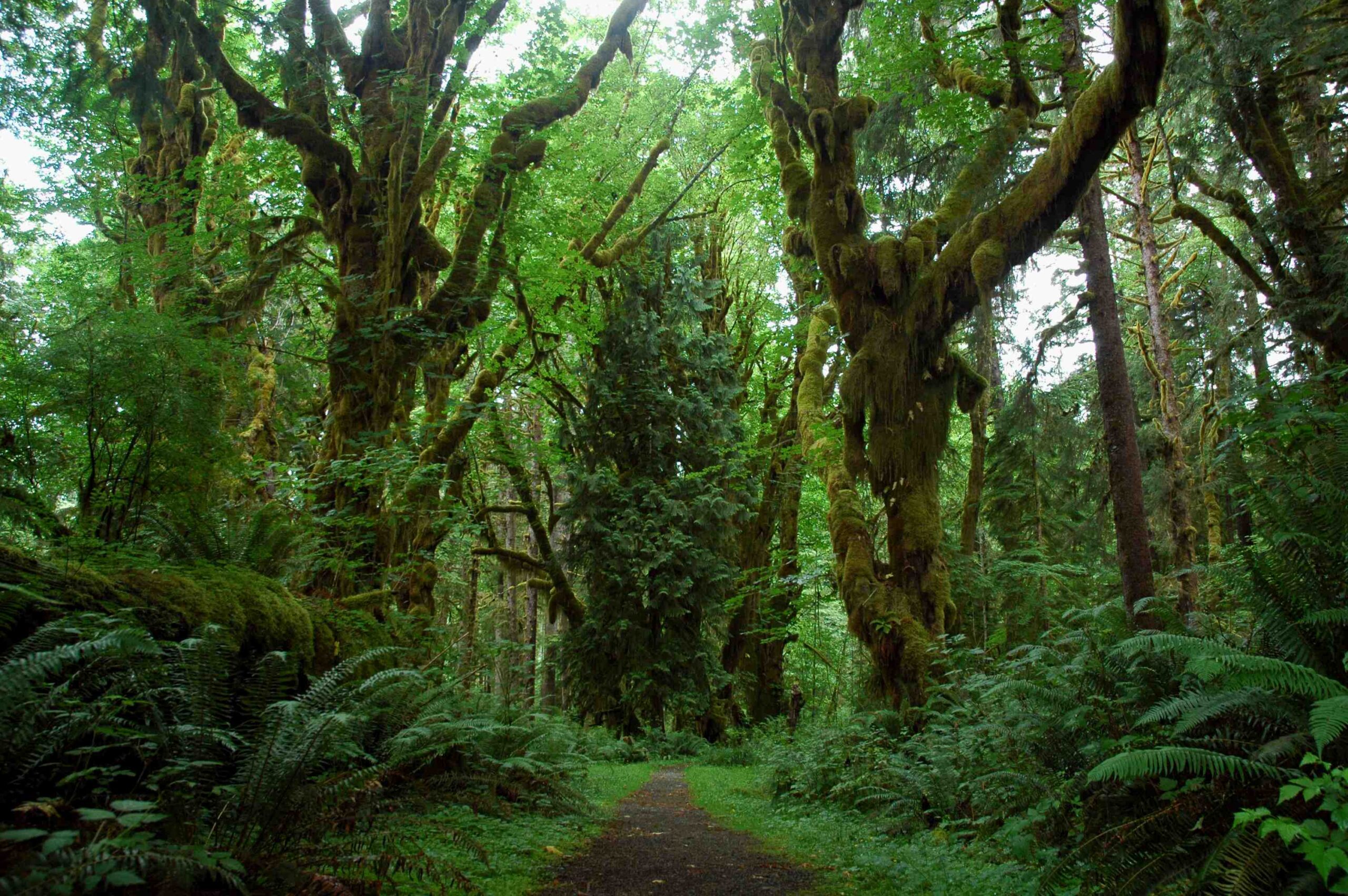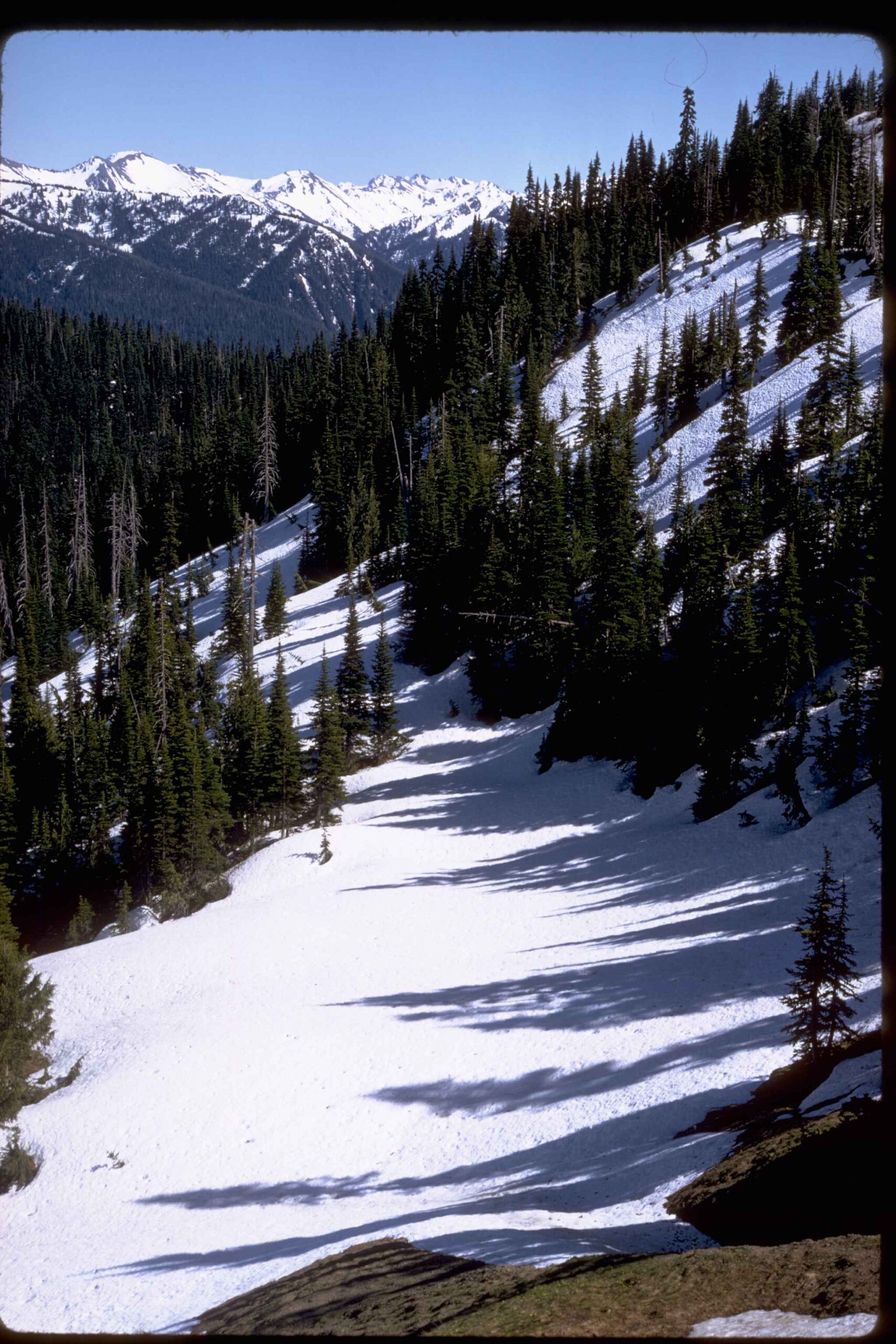Olympic National Park offers a unique opportunity to explore the wonders of the night sky through various astronomy shows and stargazing programs. These events, typically held during summer months, allow visitors to observe celestial objects using telescopes under the guidance of park rangers and astronomical societies. The park’s dark skies and minimal light pollution create ideal conditions for stargazing, making it a popular destination for astronomy enthusiasts and casual observers alike.
What Are the Main Astronomy Shows at Olympic National Park?

Olympic National Park hosts several astronomy shows throughout the year, with the most prominent ones occurring during the summer months. Here are the key events:
- Hurricane Ridge Night Sky Telescope Program
- Olympic Astronomical Society Dark Sky Astronomy Program
- It’s Your Moon Telescope Program
Let’s explore each of these shows in detail.
What Does the Hurricane Ridge Night Sky Telescope Program Offer?
The Hurricane Ridge Night Sky Telescope Program is a popular astronomy show at Olympic National Park. Here are the key details:
- Dates: June 24, 2024 to July 8, 2024
- Time: 11:00 PM
- Location: Hurricane Ridge Parking Area
- Duration: 45 minutes
- Cost: Free
During this program, visitors can view the Milky Way, nebulae, and galaxies using telescopes provided by the park. It’s important to note that these programs may be canceled if the skies are cloudy. Visitors are advised to call 360-565-3131 after 2 PM on the day of the program to check the status.
What Can You Expect from the Olympic Astronomical Society Dark Sky Astronomy Program?
The Olympic Astronomical Society also conducts a Dark Sky Astronomy Program at Olympic National Park. Here’s what you need to know:
- Dates: August 24 – August 31, 2024
- Time: 9:30 PM – 11:00 PM Pacific
- Location: Hurricane Ridge, Heart O’ the Hills Road
- Cost: Free
This program allows participants to use telescopes to observe the night sky. For more detailed information, visitors can check www.olympictelescope.com.
What Is Unique About the It’s Your Moon Telescope Program?
The It’s Your Moon Telescope Program offers a focused observation of our nearest celestial neighbor. Here are the details:
- Dates: August 14 – August 15, 2024
- Time: 8:45 PM
- Location: Likely at Hurricane Ridge (specific location not mentioned)
- Duration: 1 hour and 15 minutes
- Cost: Free
This program provides an opportunity to observe the moon’s special features using telescopes, offering a closer look at lunar craters, maria, and other fascinating lunar formations.
How Often Are Astronomy Shows Held at Olympic National Park?

The frequency of astronomy shows at Olympic National Park varies throughout the year. Here’s a breakdown:
- Summer Season: Programs are offered daily during specific periods (e.g., June 24 to July 8, 2024)
- August: Select dates feature special programs
- Off-Season: Fewer programs are available due to weather conditions and shorter daylight hours
What Should You Bring to an Astronomy Show at Olympic National Park?
To fully enjoy the astronomy shows at Olympic National Park, it’s recommended to bring the following items:
- Warm clothing (layers are best)
- Comfortable shoes
- Binoculars (optional, but can enhance viewing)
- Red flashlight (to preserve night vision)
- Snacks and water
- Camera for night sky photography (if interested)
Are There Any Photography Opportunities During the Astronomy Shows?
Yes, the astronomy shows at Olympic National Park offer excellent opportunities for night sky photography. Here are some tips:
- Use a camera with manual settings
- Bring a sturdy tripod
- Use a wide-angle lens for capturing expansive sky views
- Set a high ISO (1600-3200) for better light sensitivity
- Use long exposures (15-30 seconds) to capture star trails
- Avoid using flash to preserve the dark sky environment
How Can You Prepare for an Astronomy Show at Olympic National Park?
To make the most of your astronomy show experience at Olympic National Park, consider the following preparation tips:
- Check the weather forecast
- Arrive early to secure a good viewing spot
- Allow your eyes to adjust to the darkness (takes about 30 minutes)
- Familiarize yourself with basic constellations beforehand
- Download a star chart app on your smartphone
- Bring questions for the rangers or astronomers leading the program
What Makes Olympic National Park Ideal for Astronomy Shows?
Olympic National Park is an excellent location for astronomy shows due to several factors:
- Minimal light pollution
- High elevation at Hurricane Ridge (5,242 feet)
- Clear summer skies
- Diverse landscapes for interesting foreground elements in photos
- Professional guidance from park rangers and astronomers
- Free access to high-quality telescopes
Are There Any Age Restrictions for Astronomy Shows at Olympic National Park?
The astronomy shows at Olympic National Park are generally suitable for all ages. However, here are some considerations:
- Young children may find it difficult to stay awake for late-night programs
- Some programs may require quiet observation, which can be challenging for very young children
- Parents should use their discretion based on their child’s interest and ability to participate
How Can You Support Astronomy Programs at Olympic National Park?
If you enjoy the astronomy shows at Olympic National Park and want to support these programs, consider the following actions:
- Donate to Washington’s National Park Fund (WNPF)
- Volunteer for park programs
- Spread awareness about the importance of dark sky preservation
- Practice and promote responsible stargazing techniques
- Participate in citizen science projects related to night sky observation
By supporting these initiatives, you can help ensure that future generations can continue to enjoy the wonders of the night sky at Olympic National Park.

